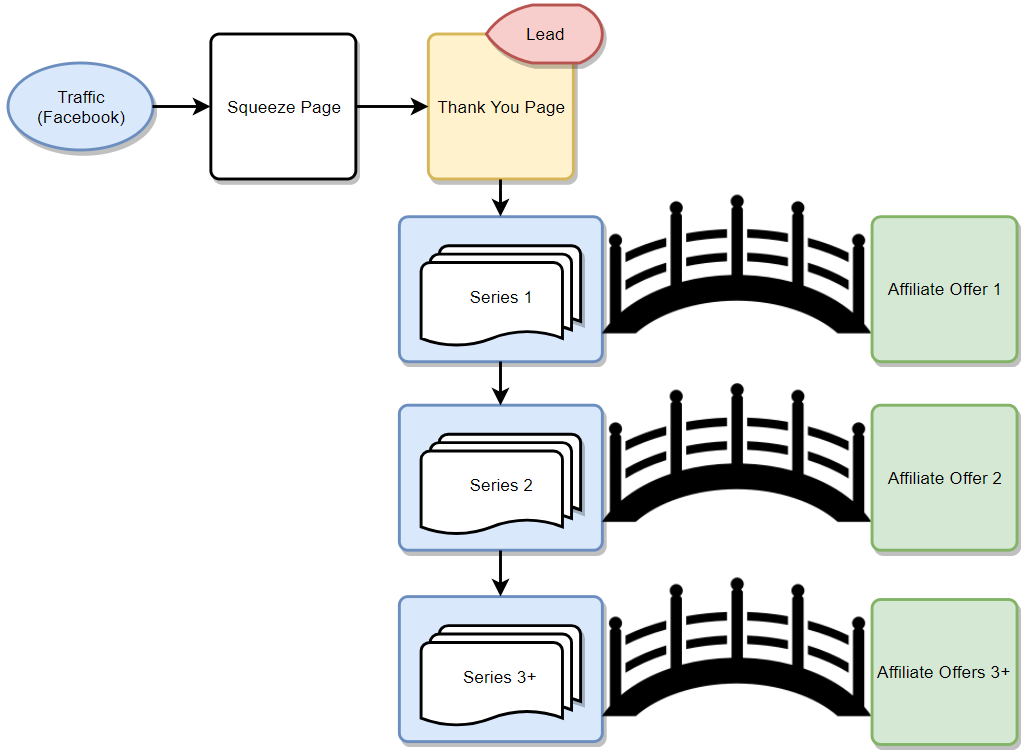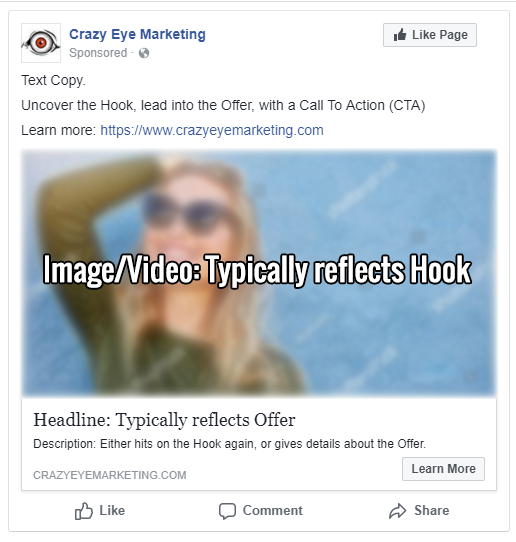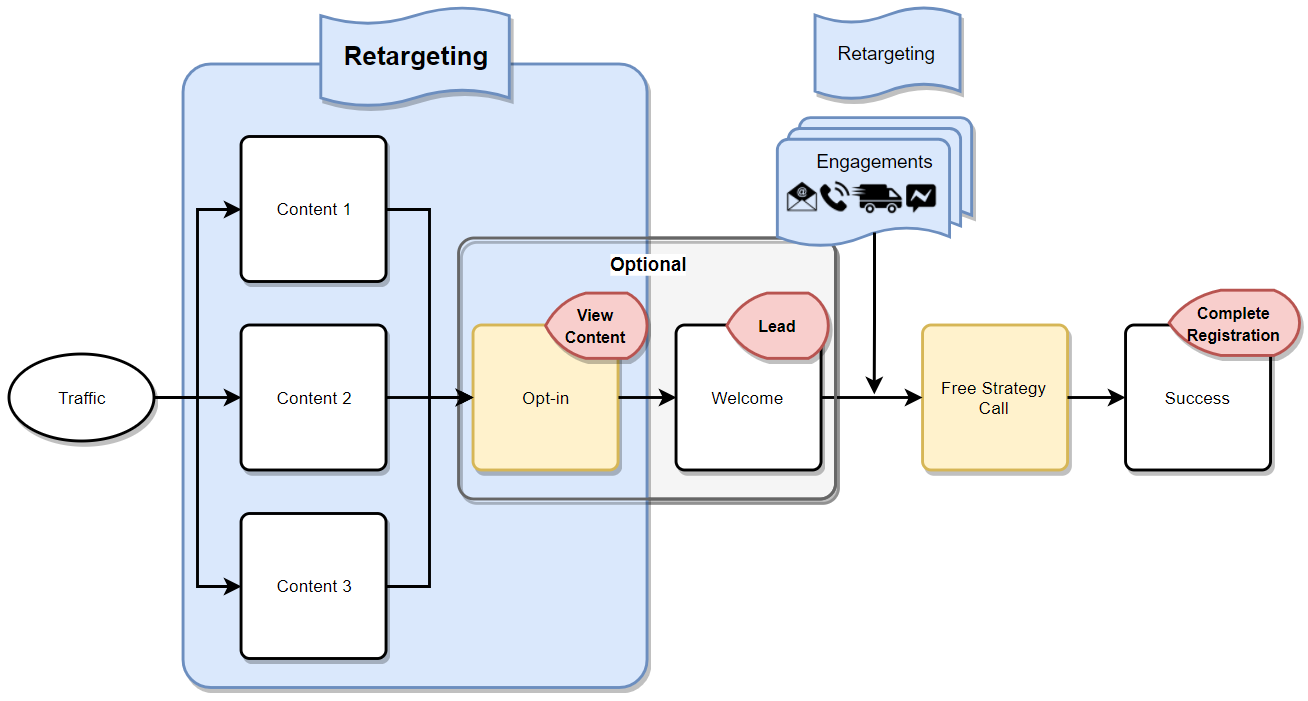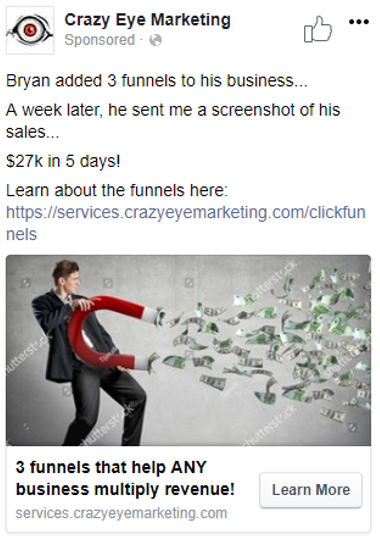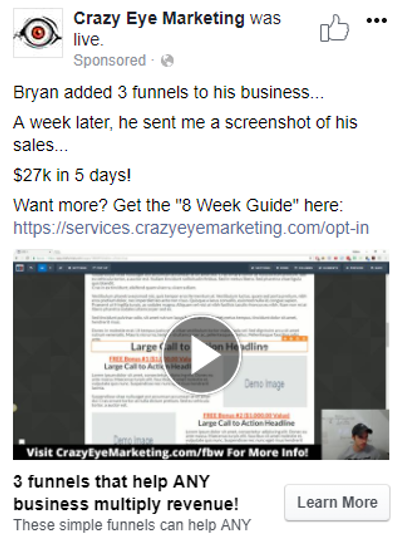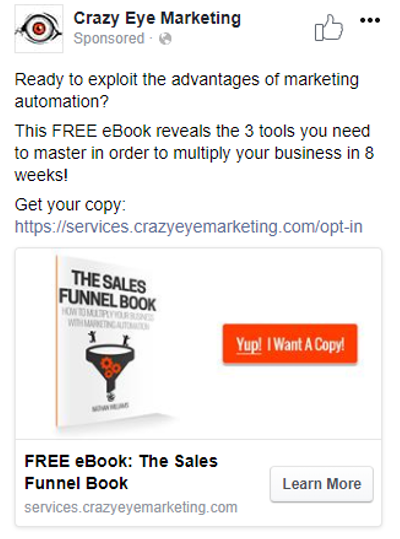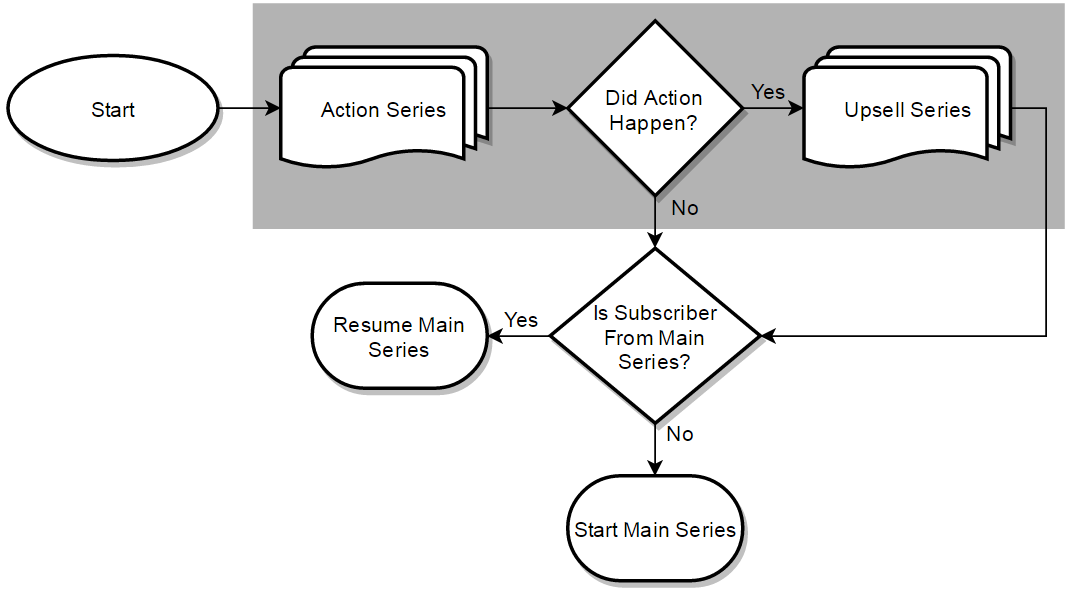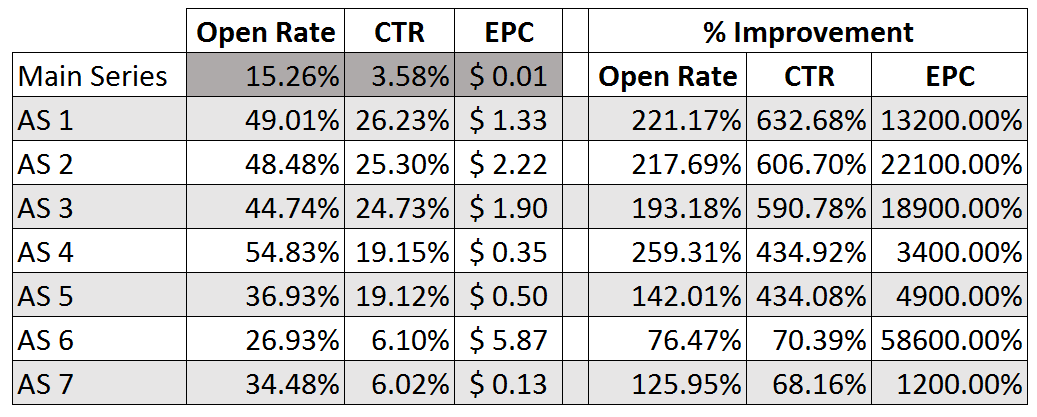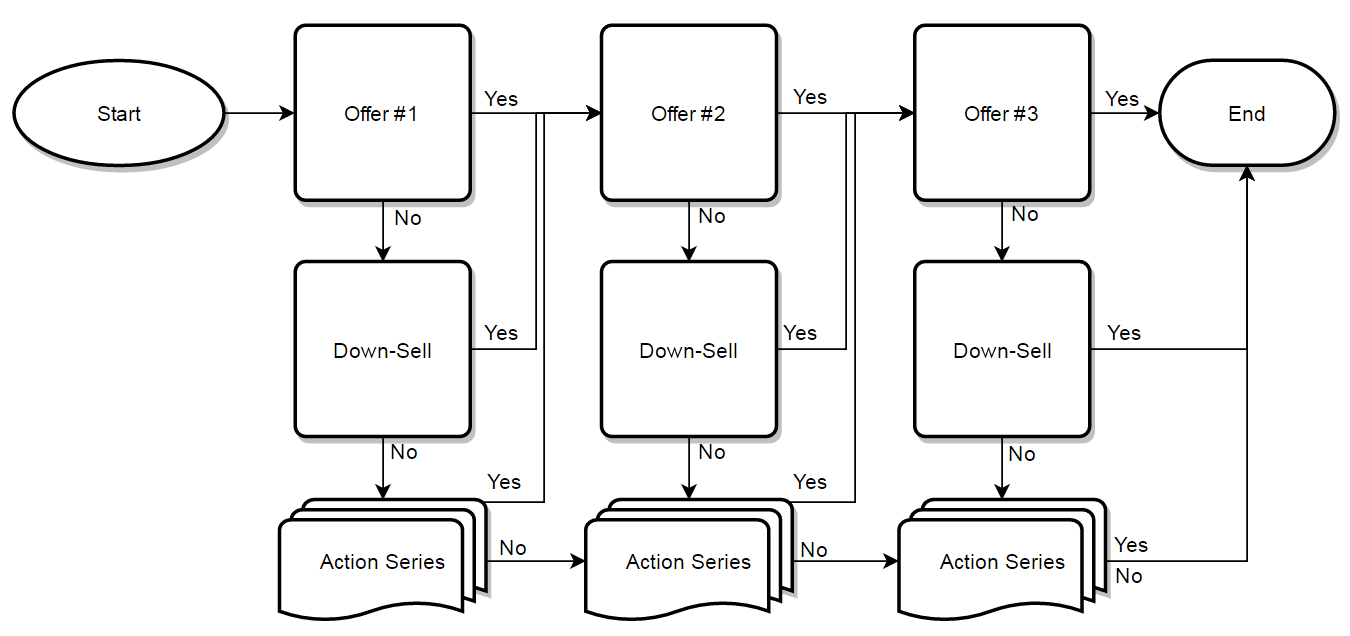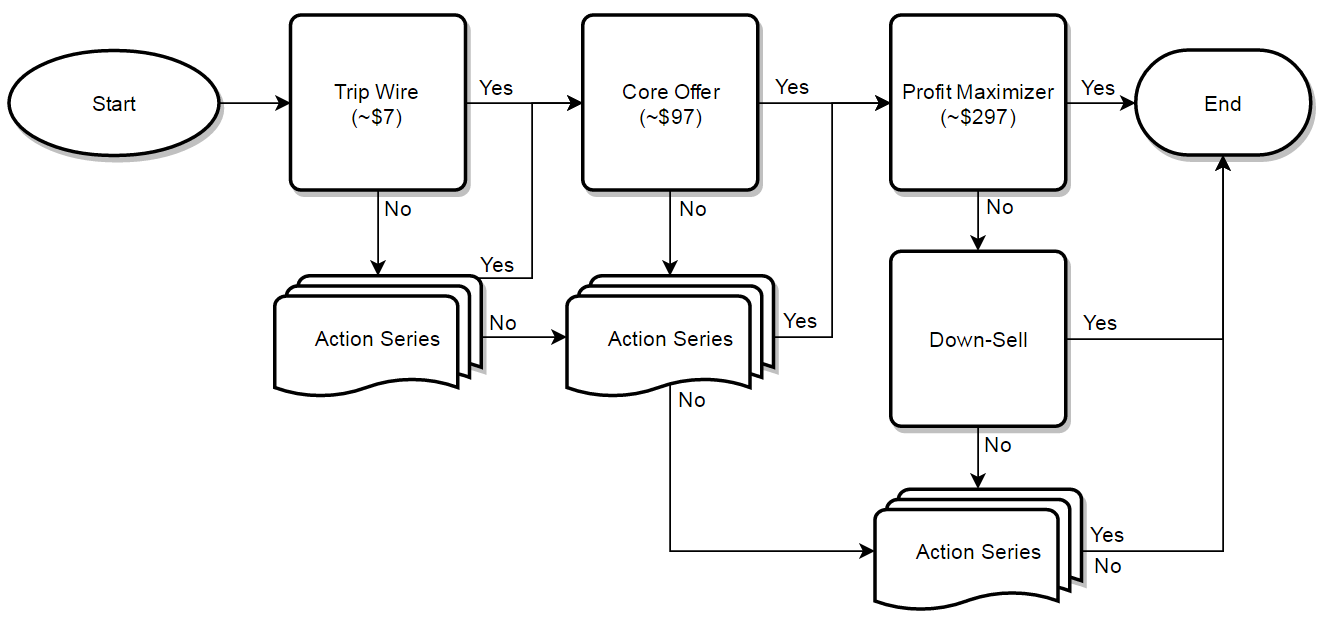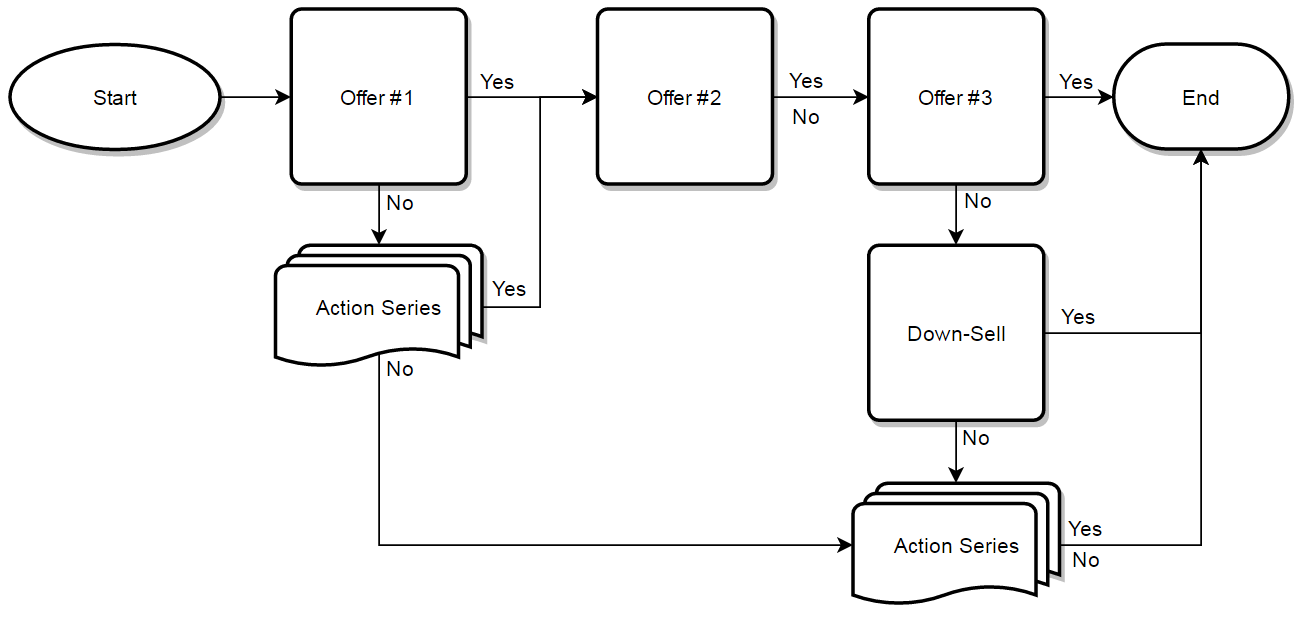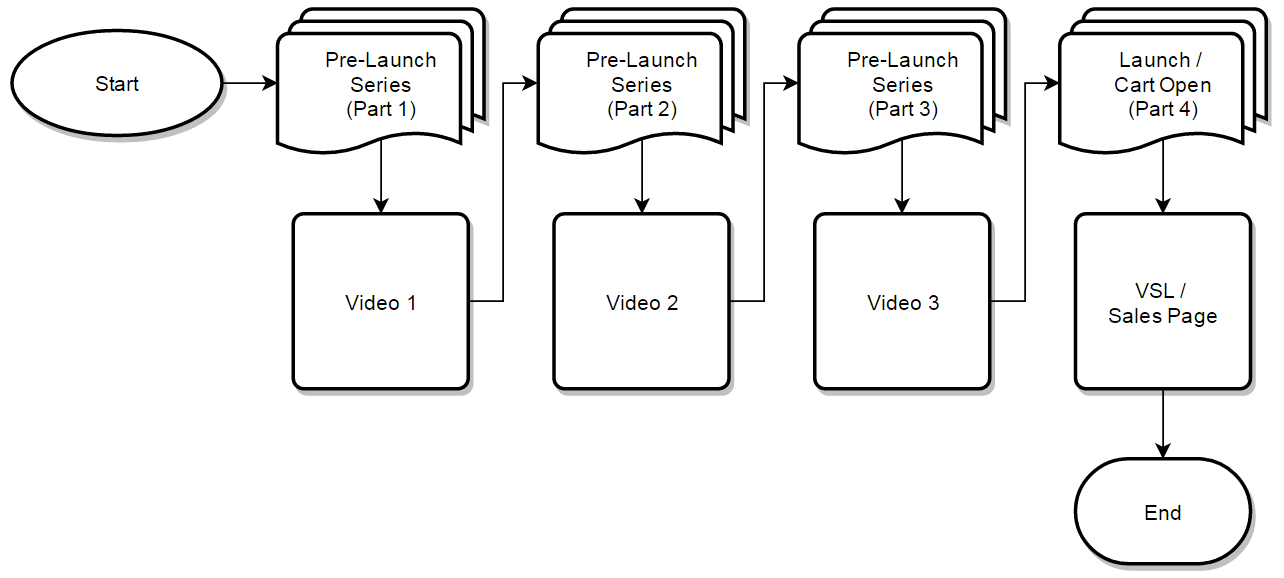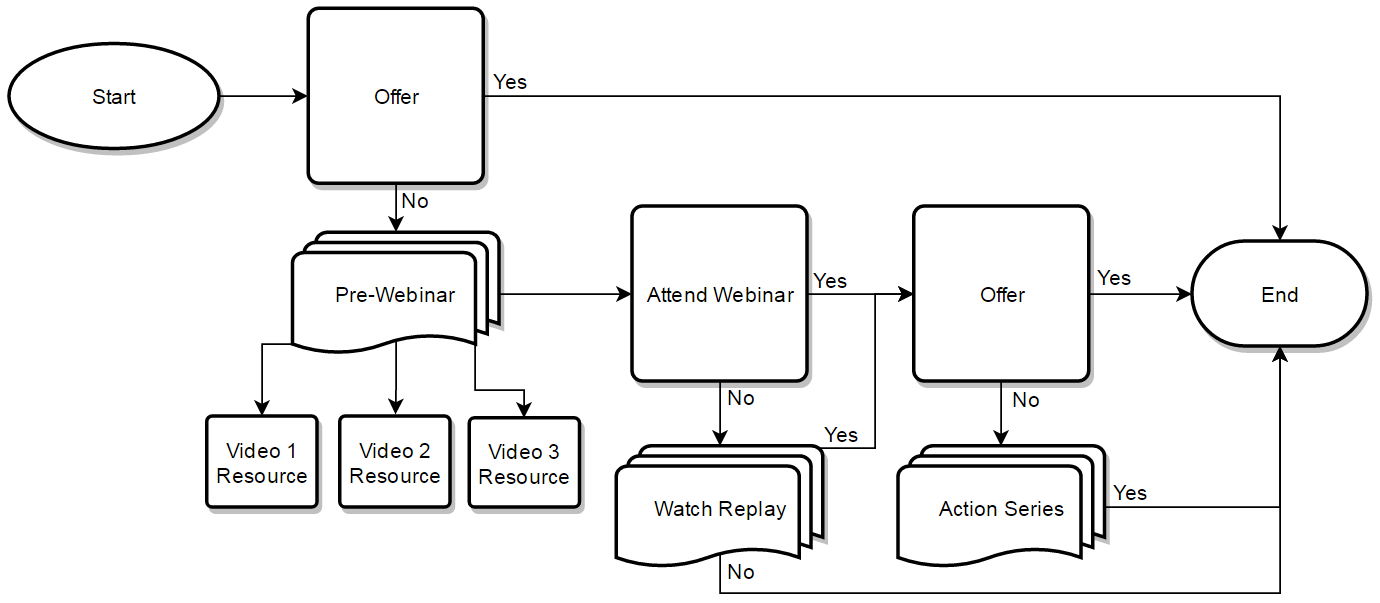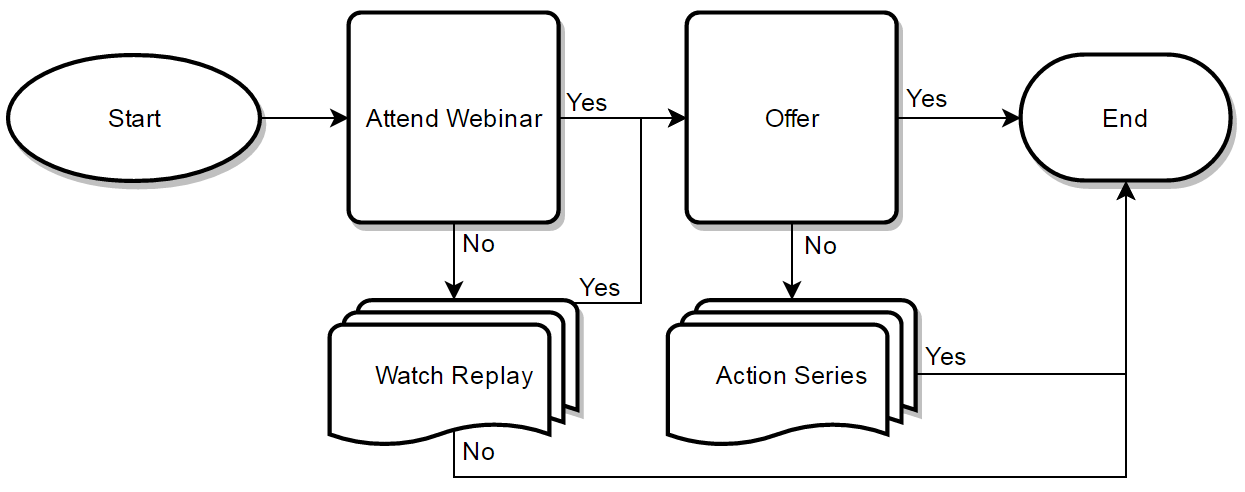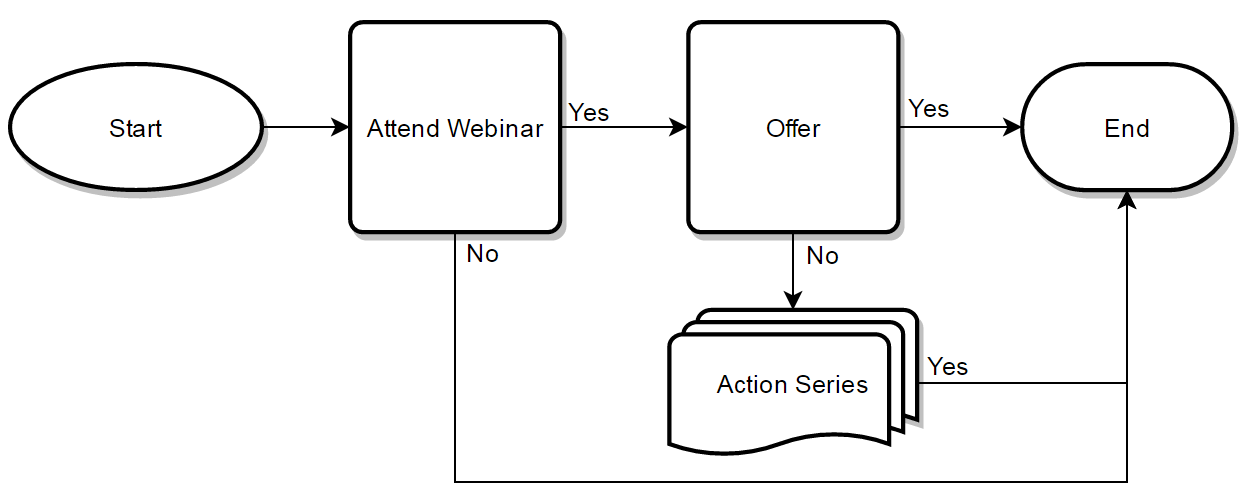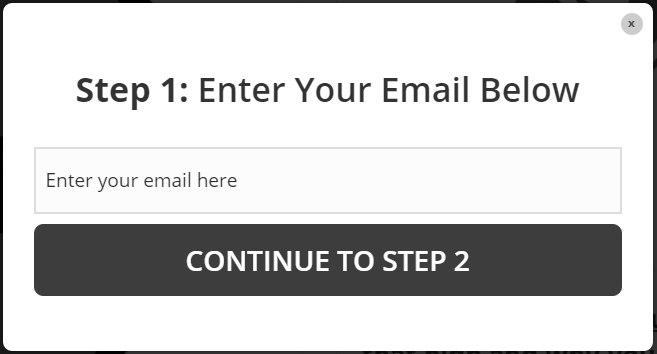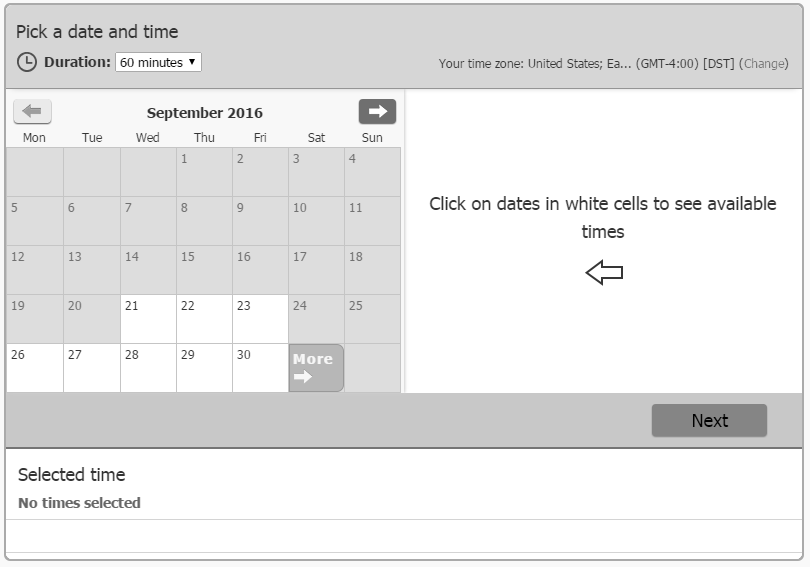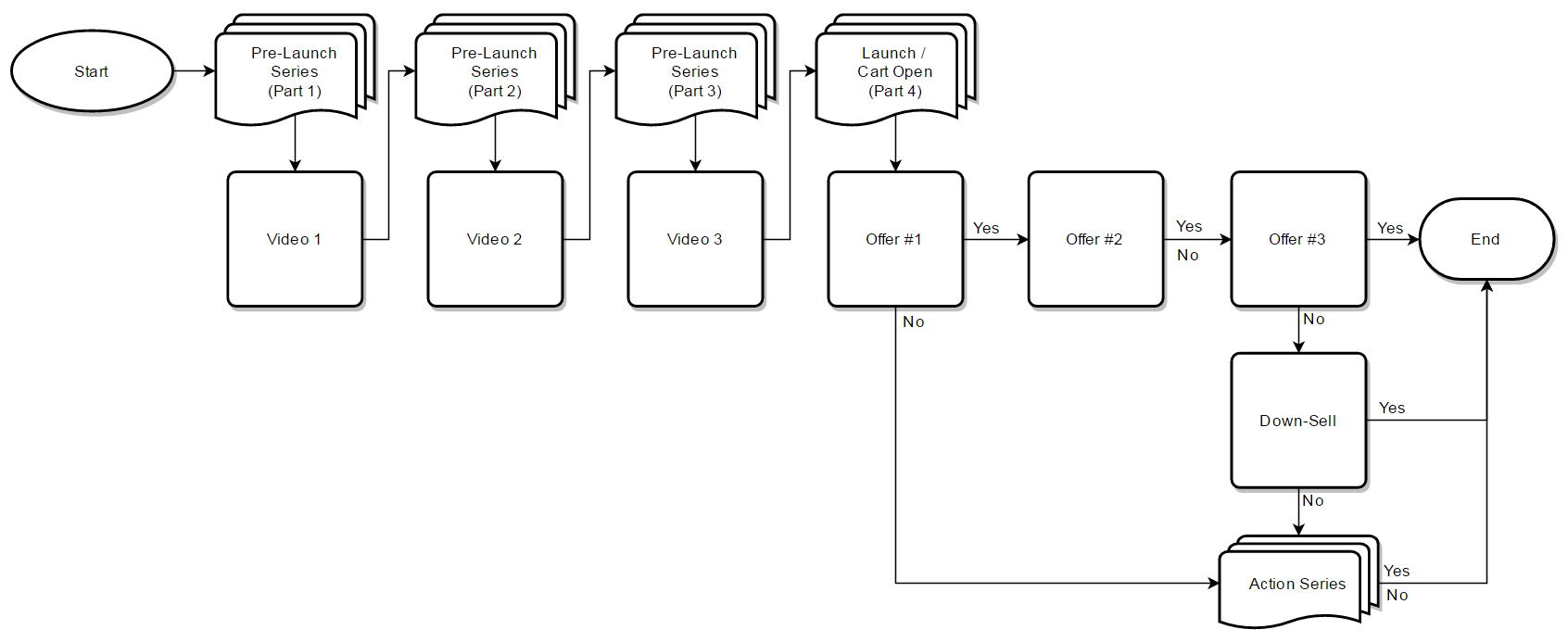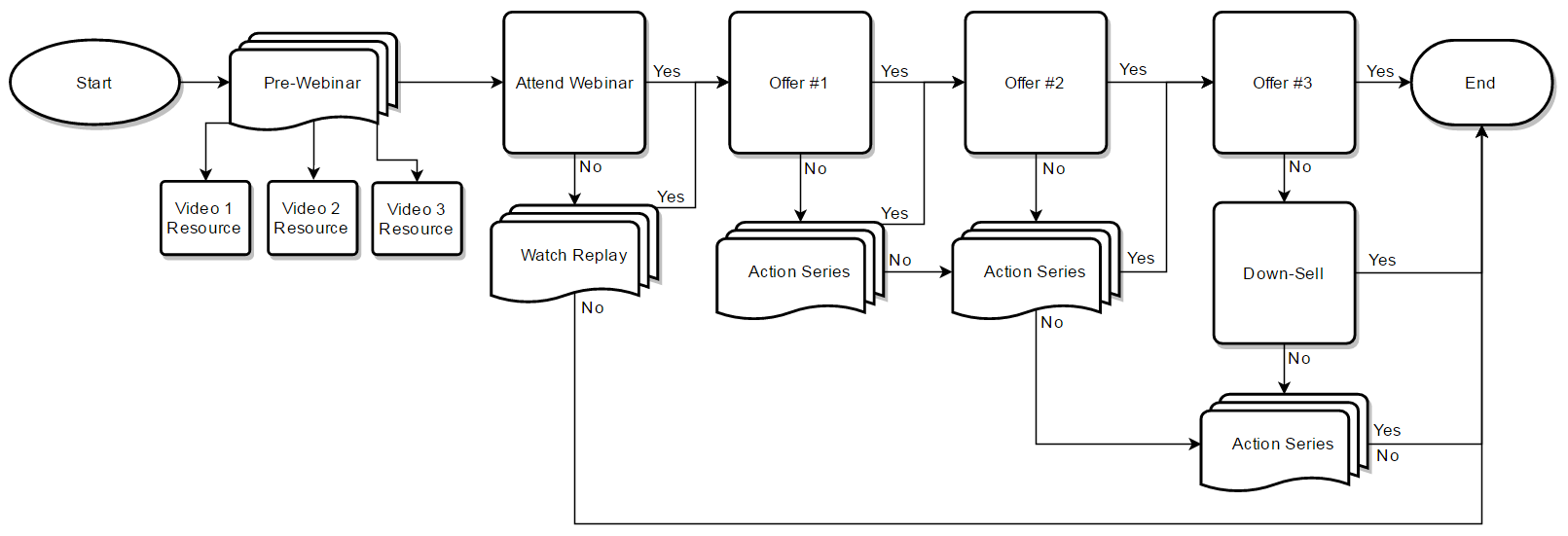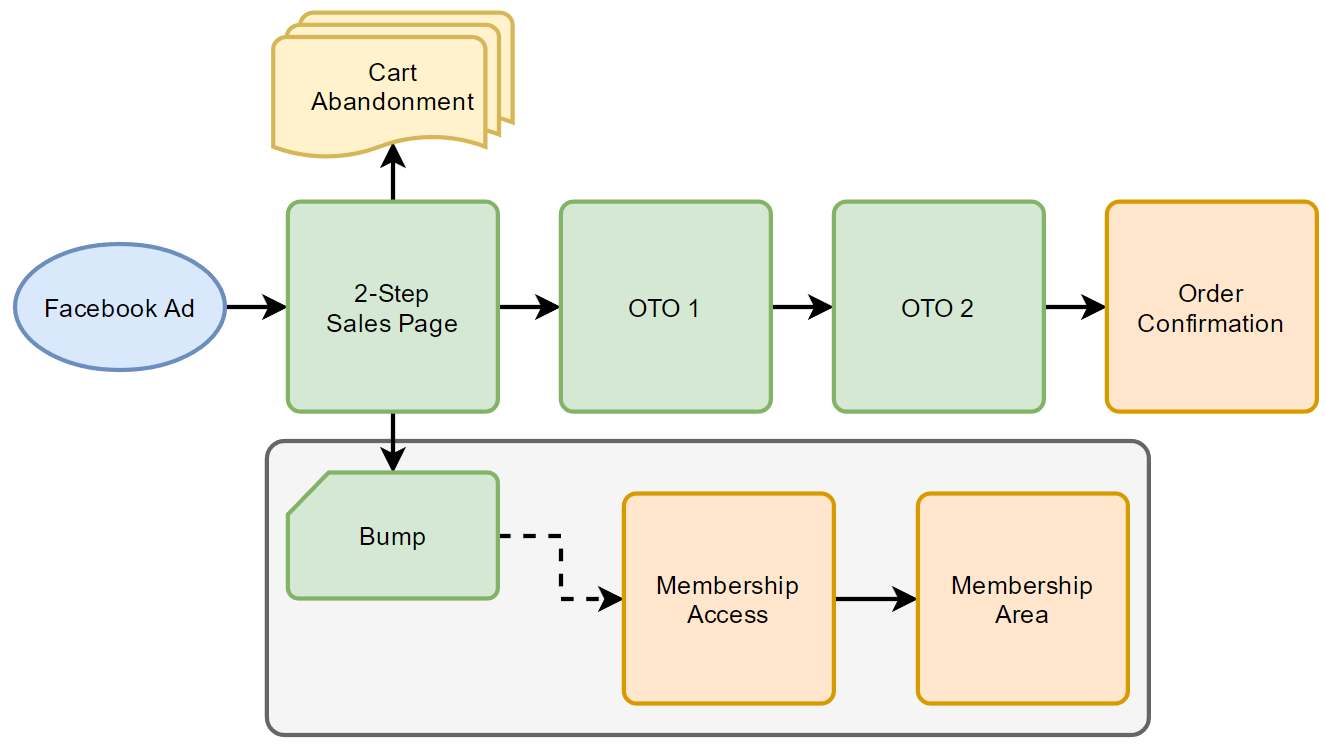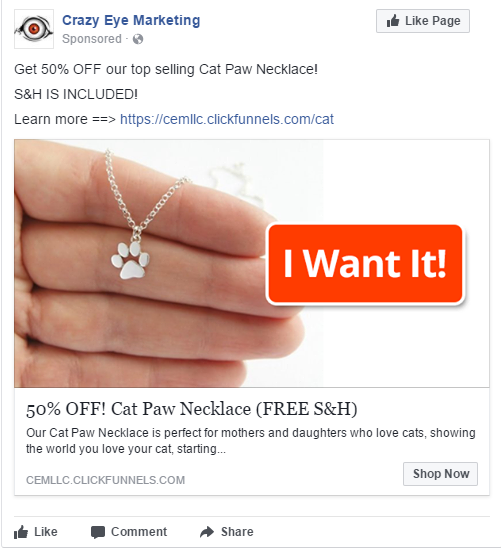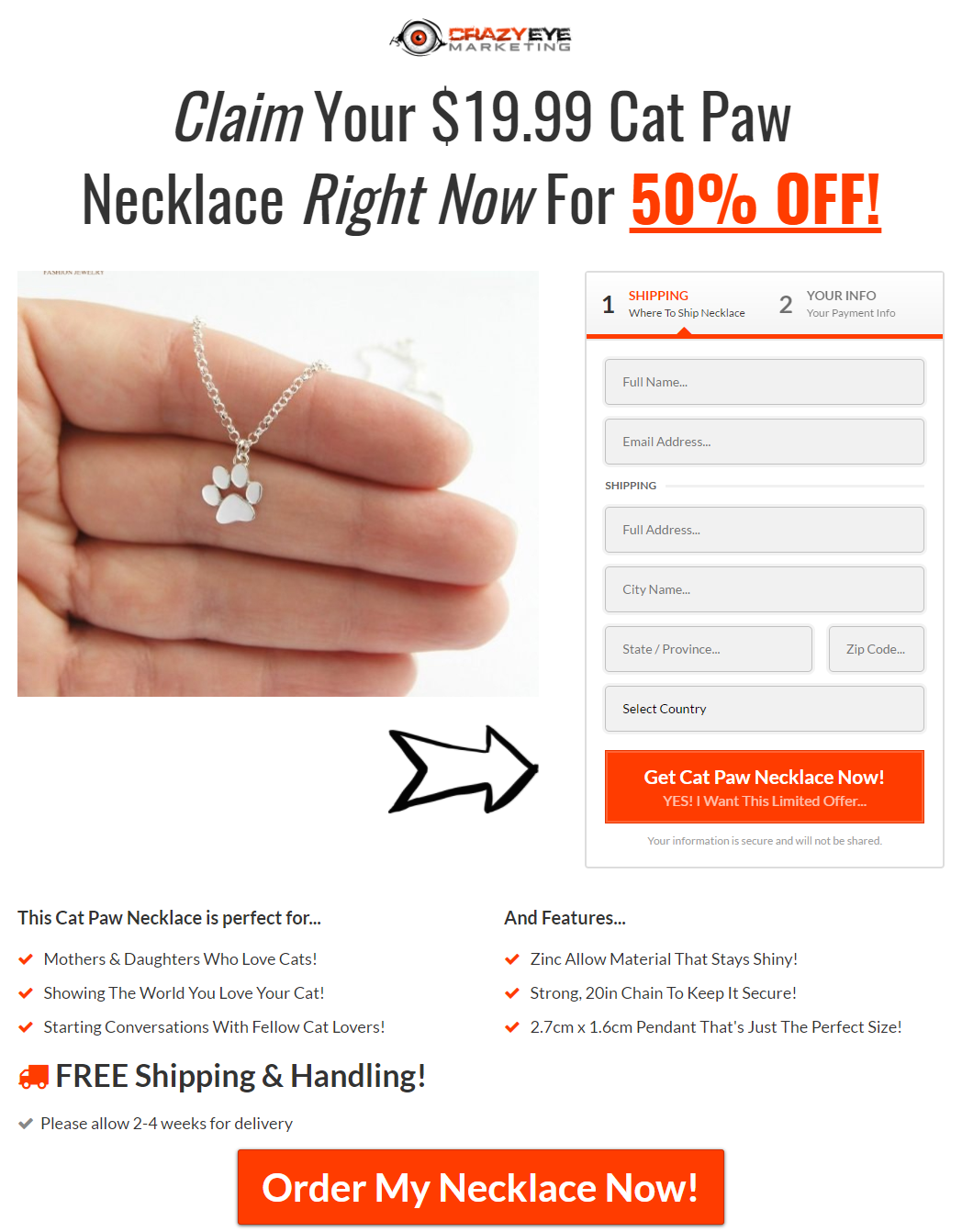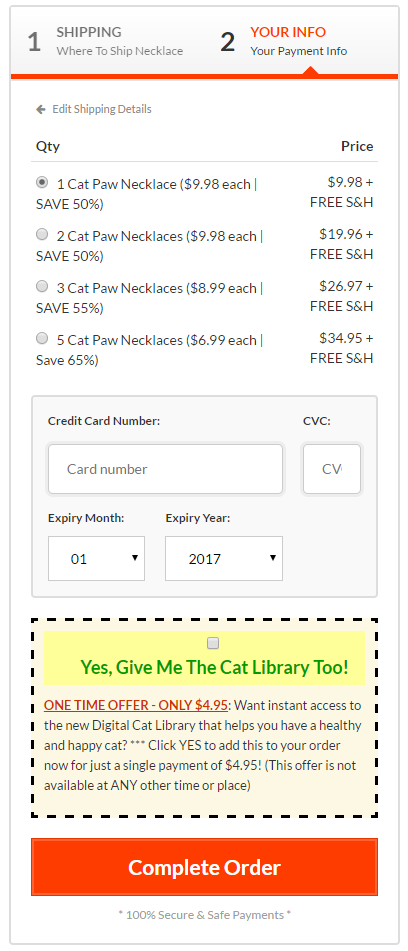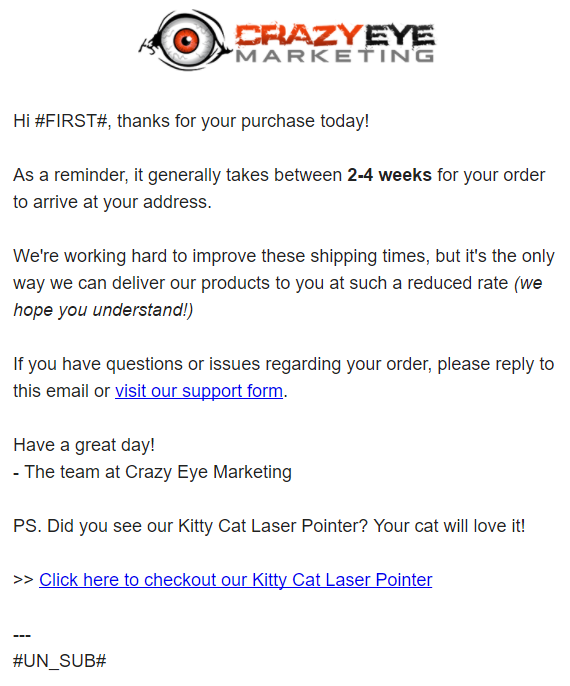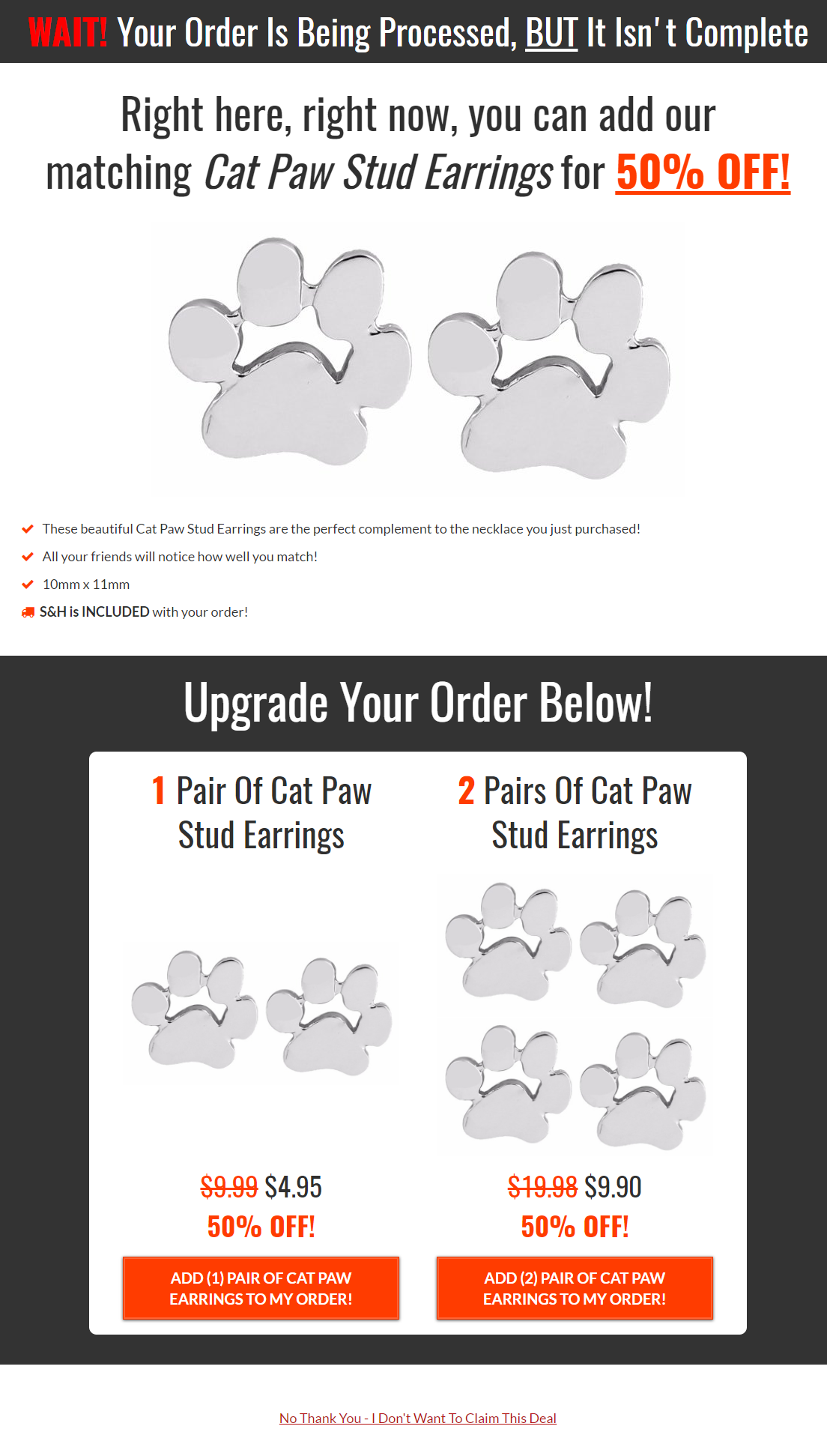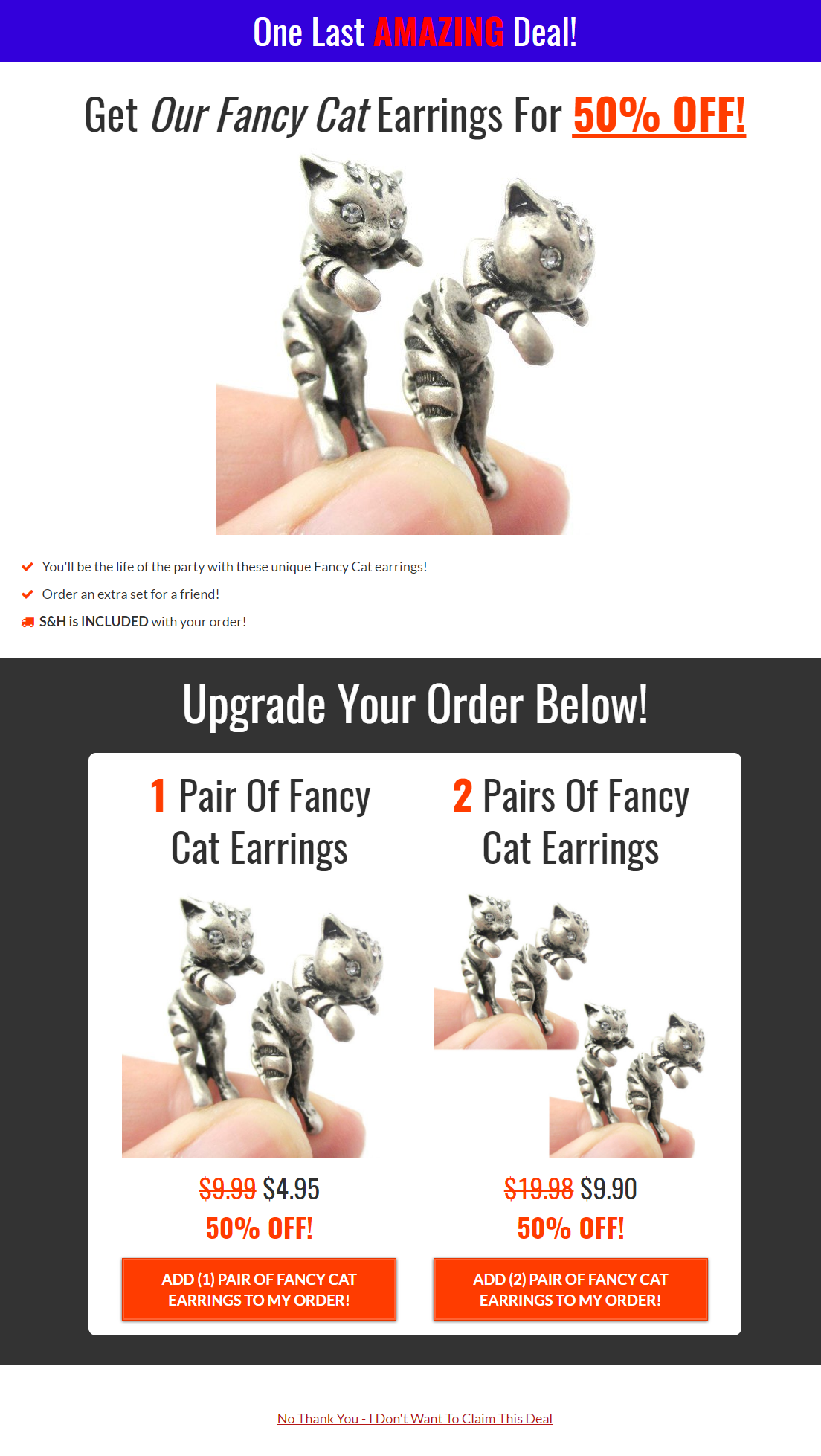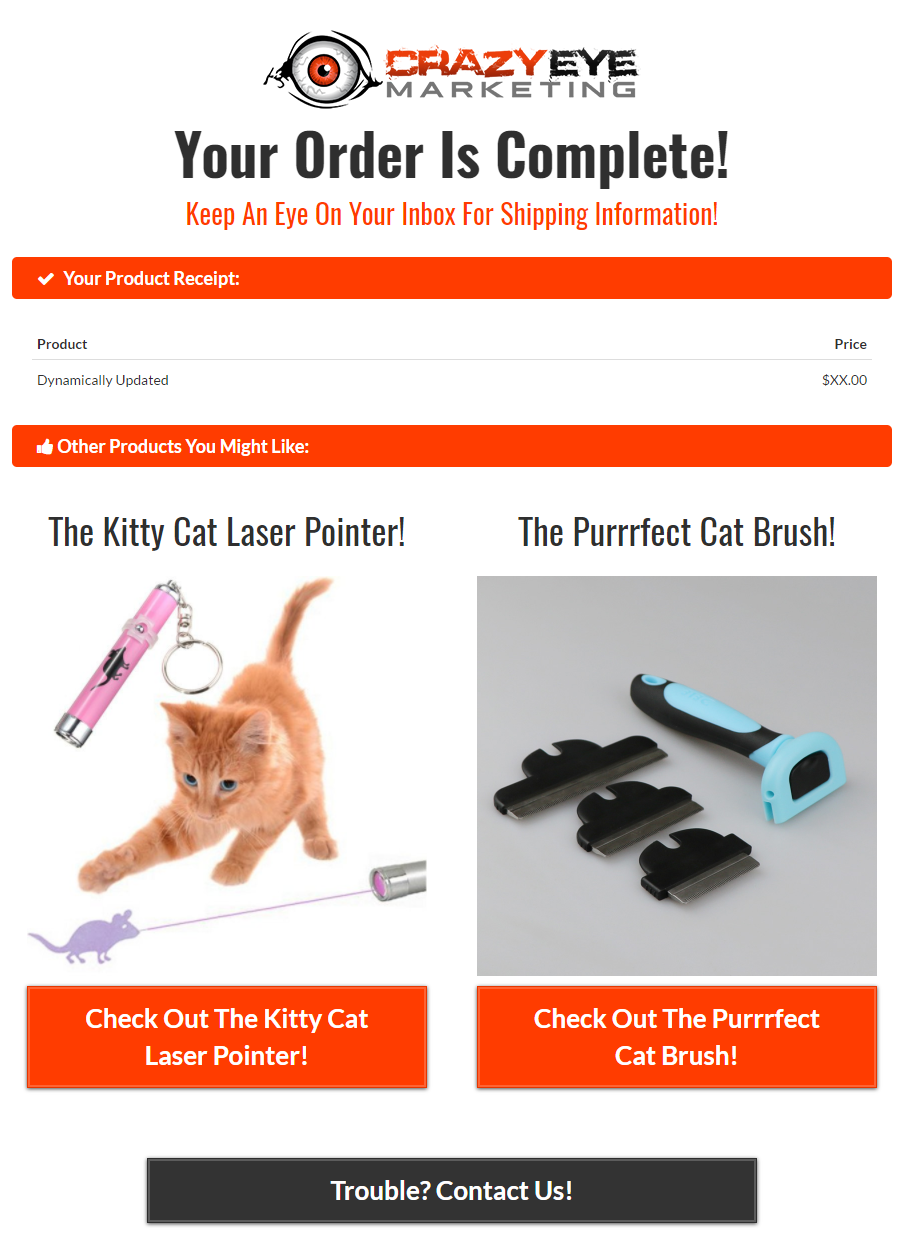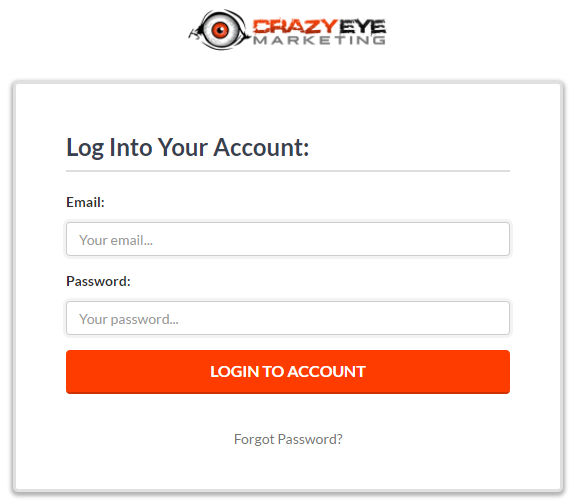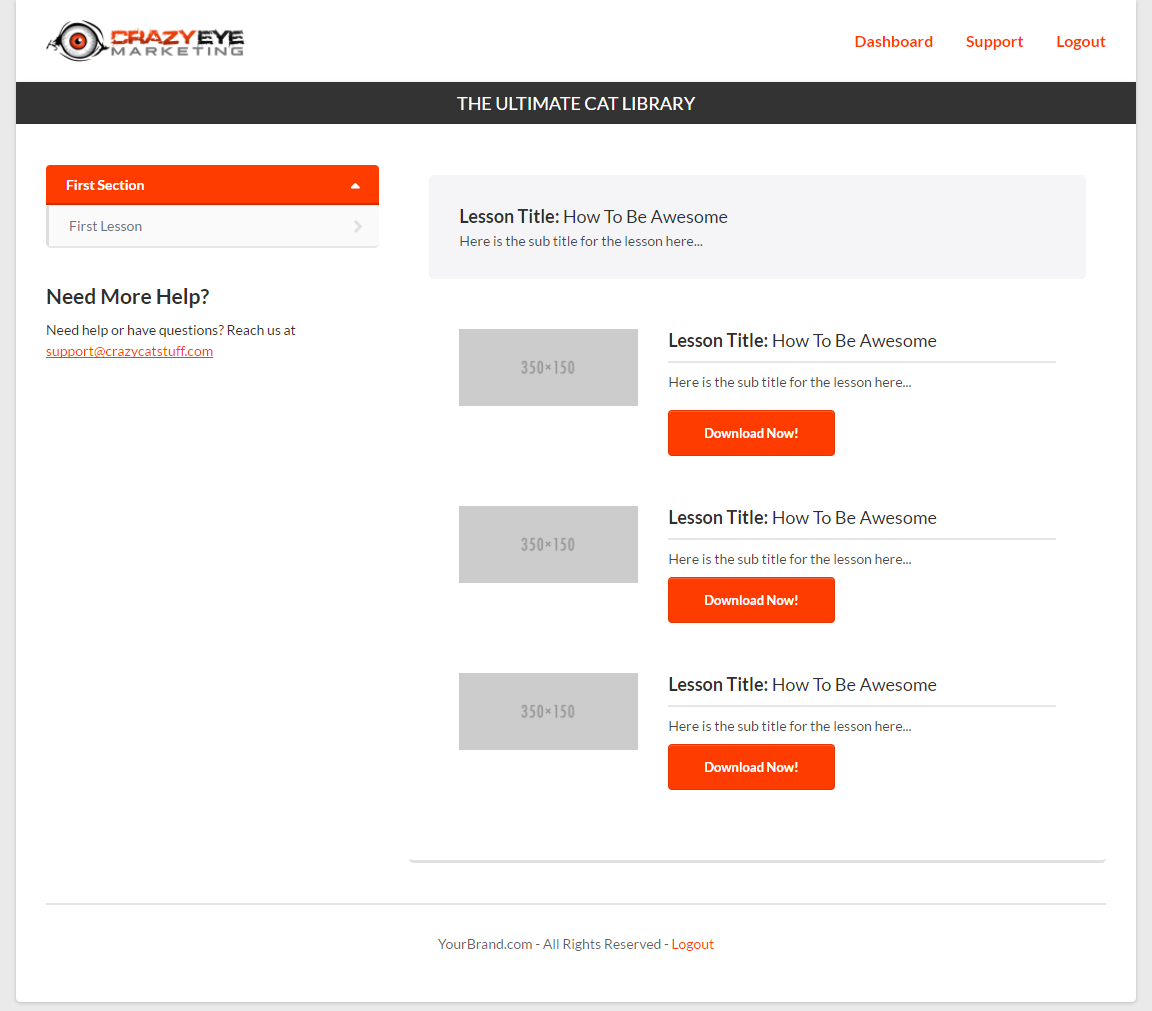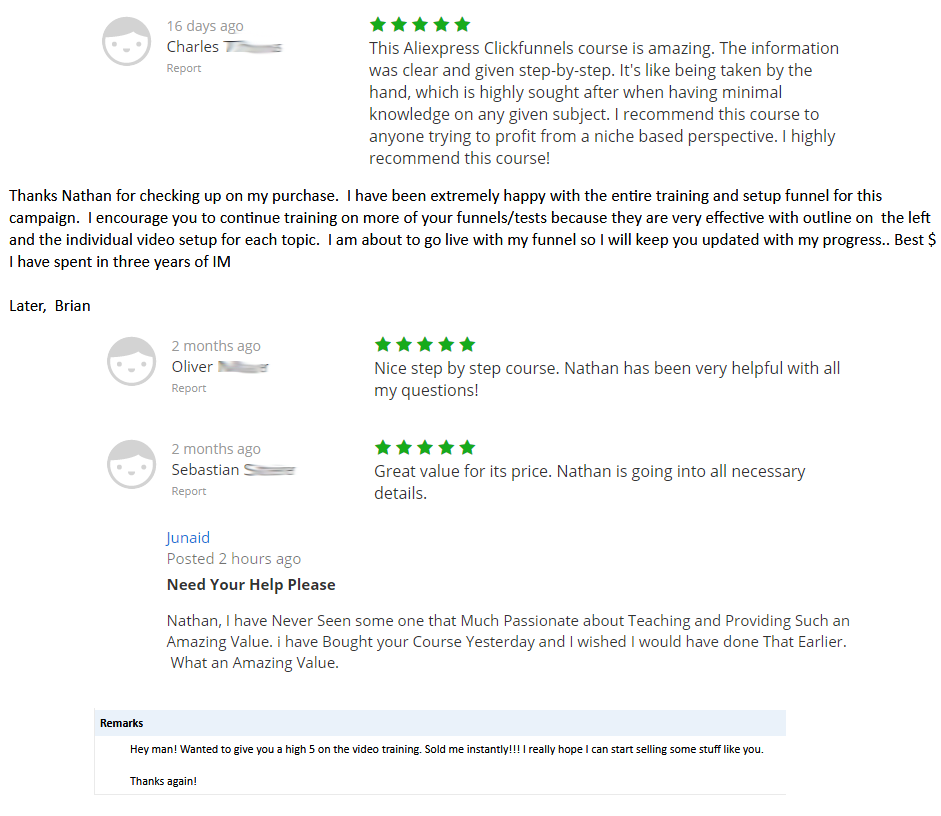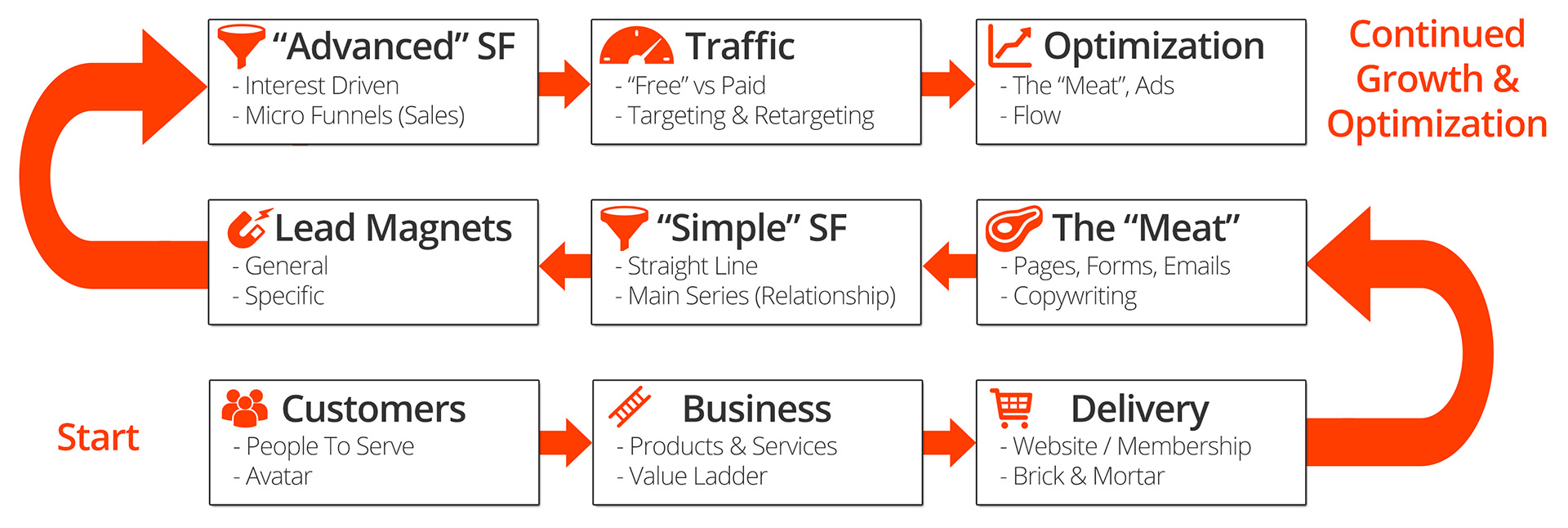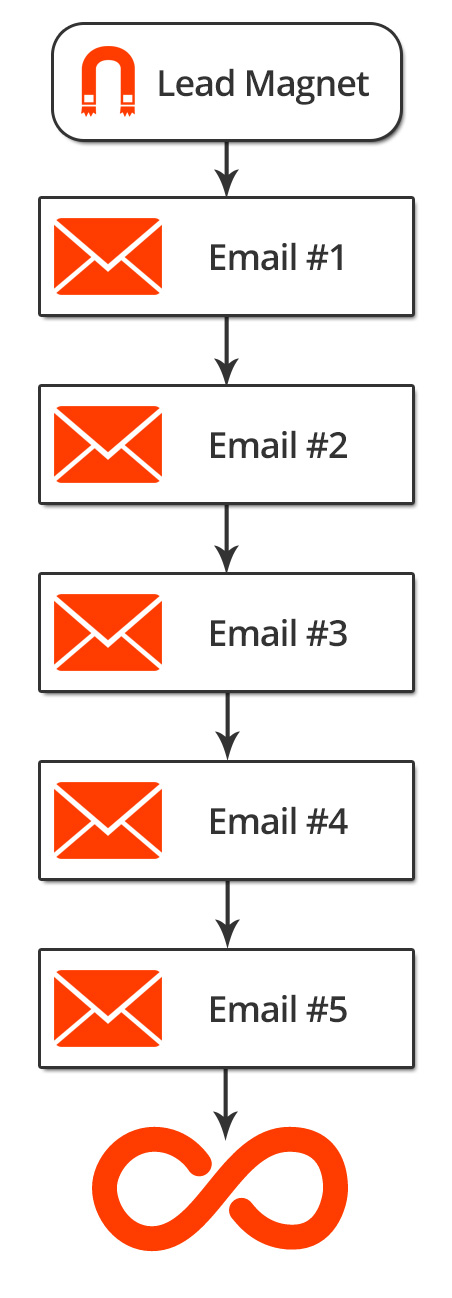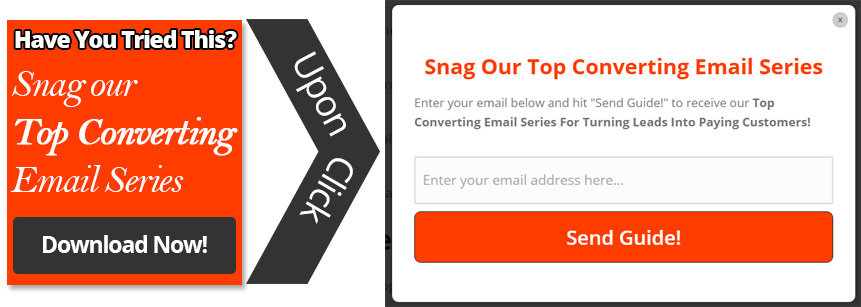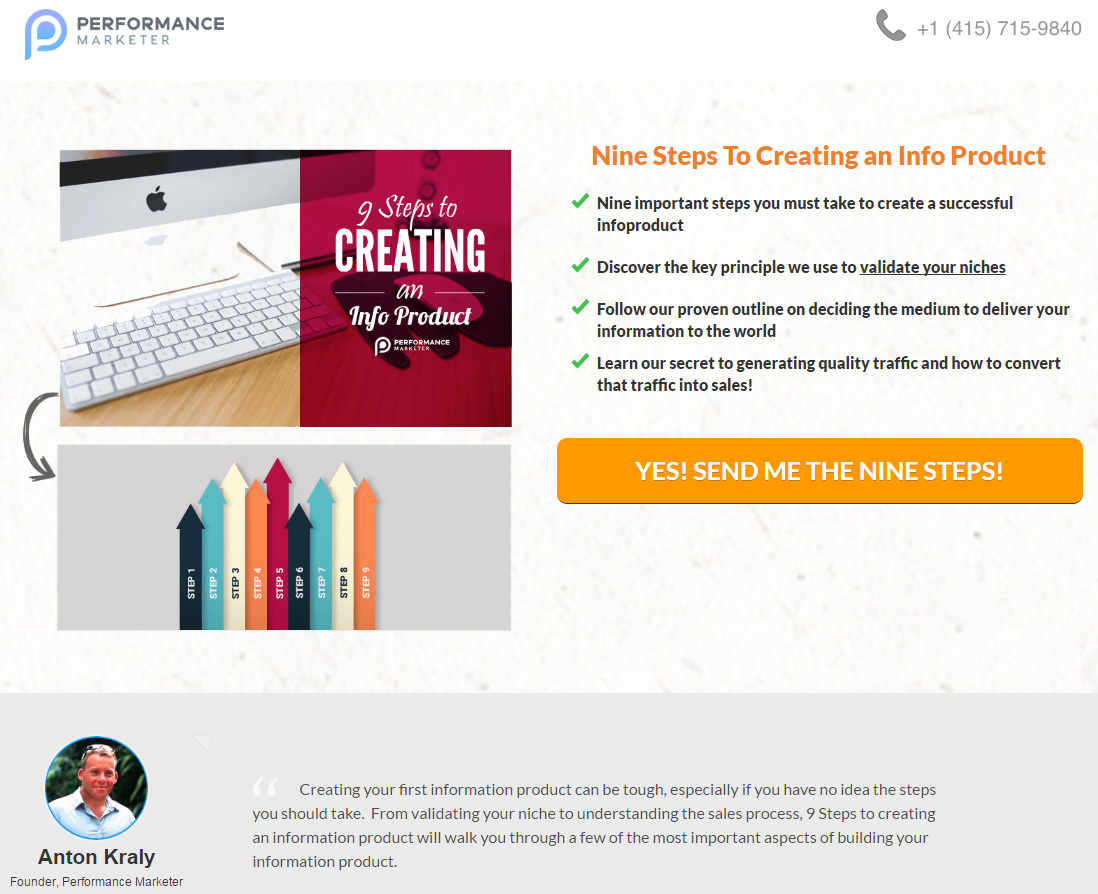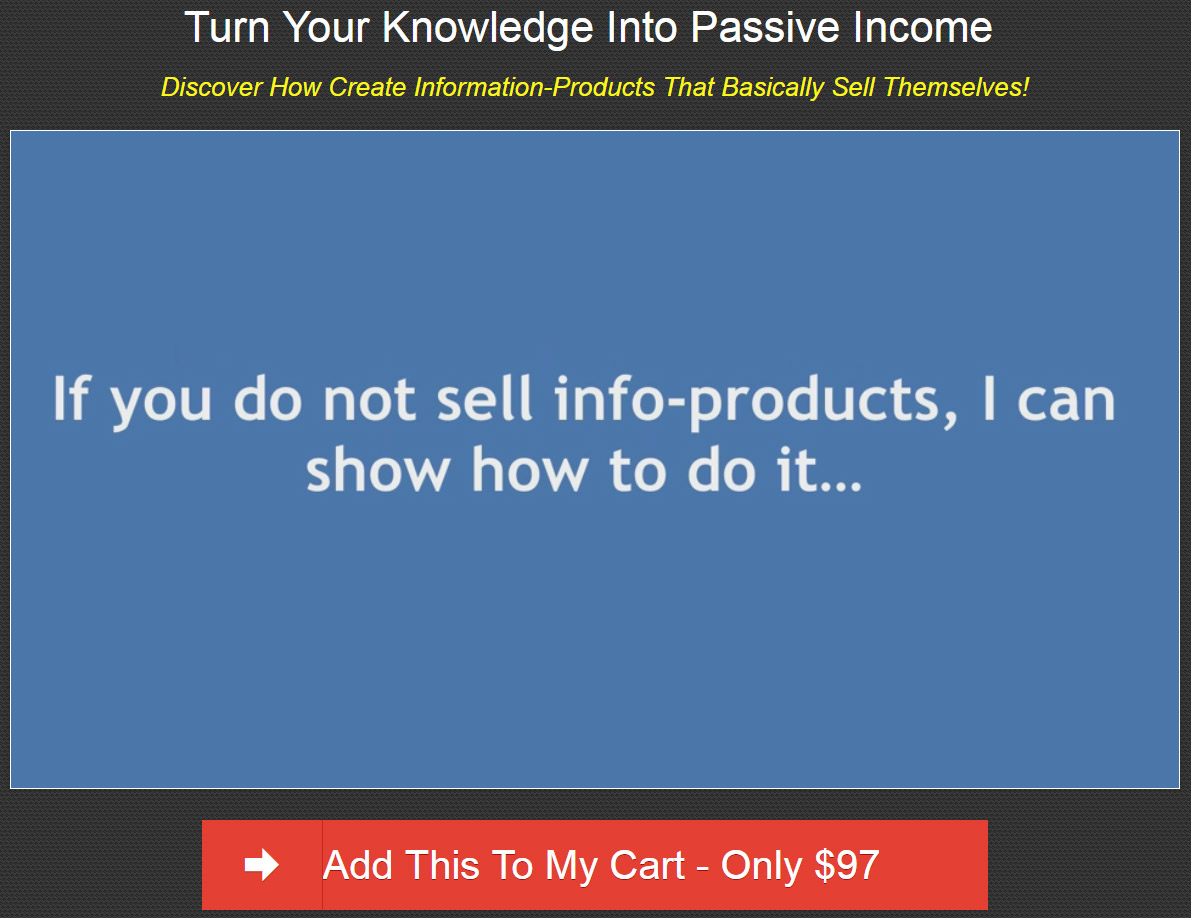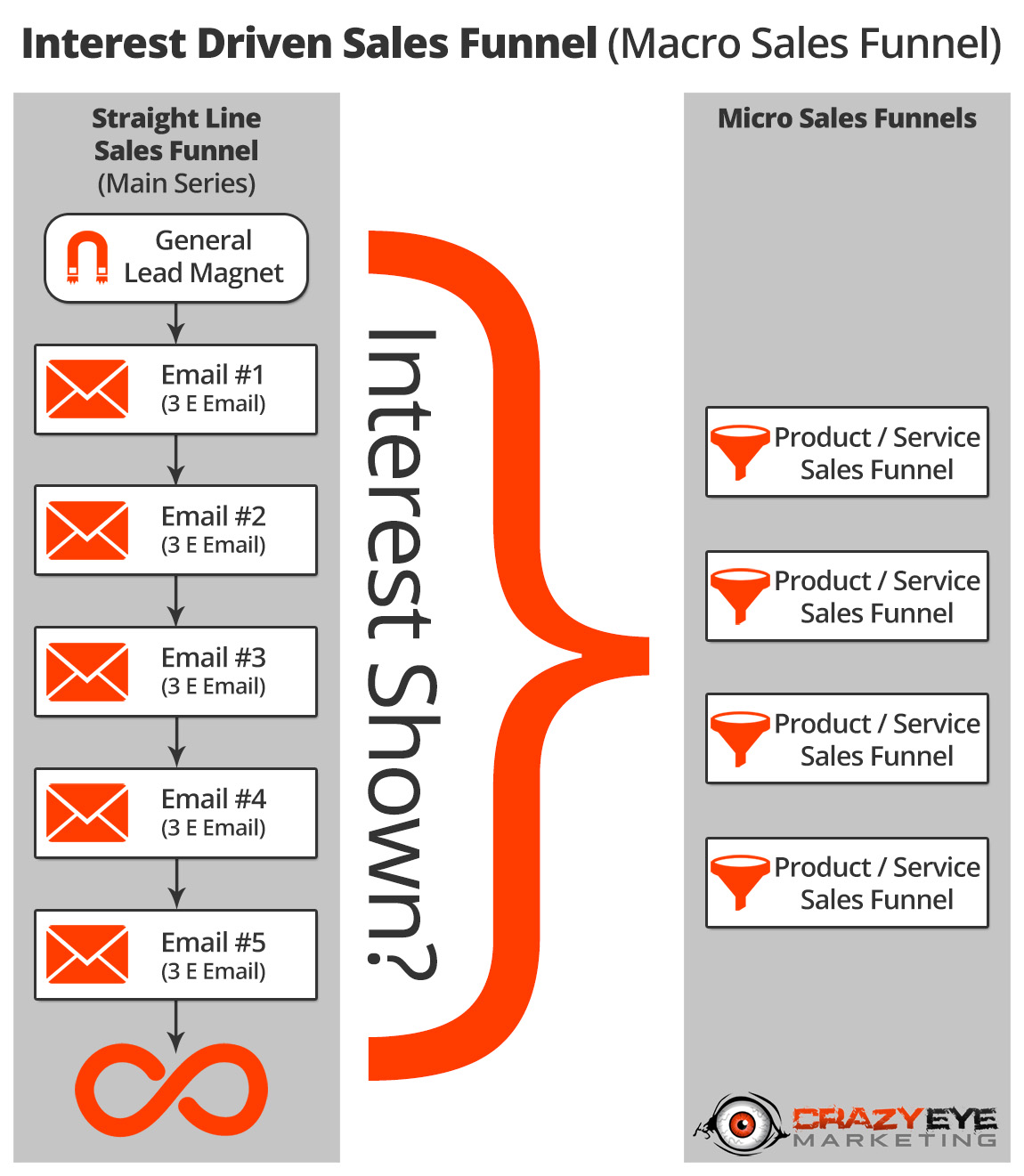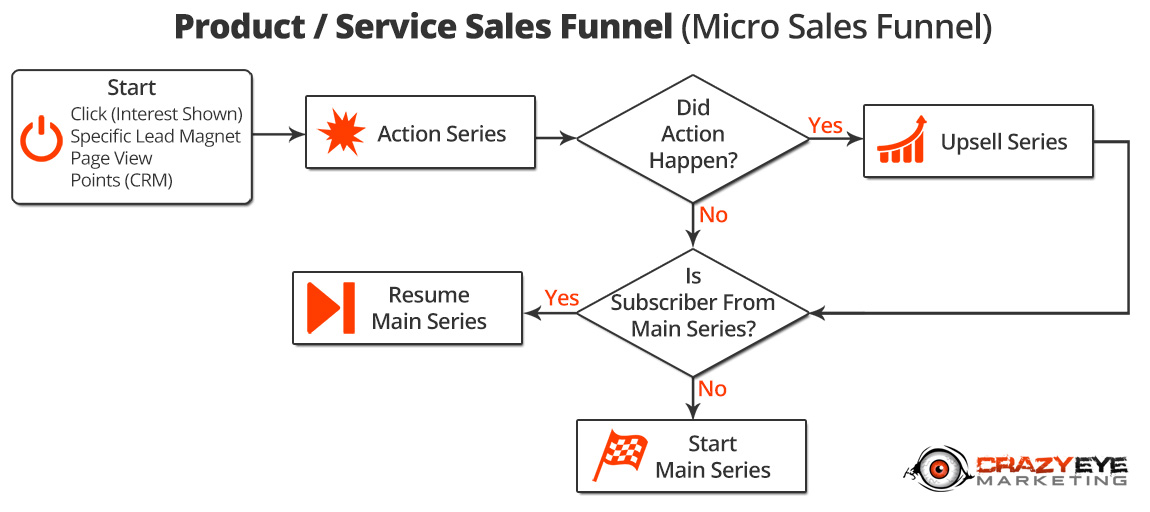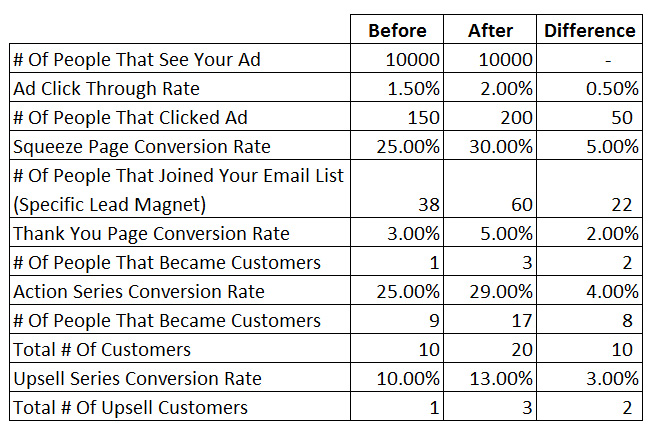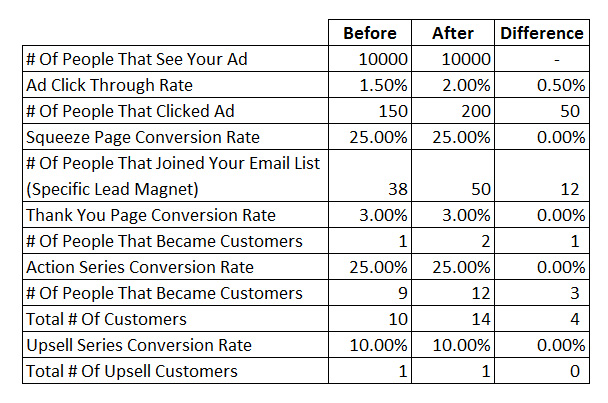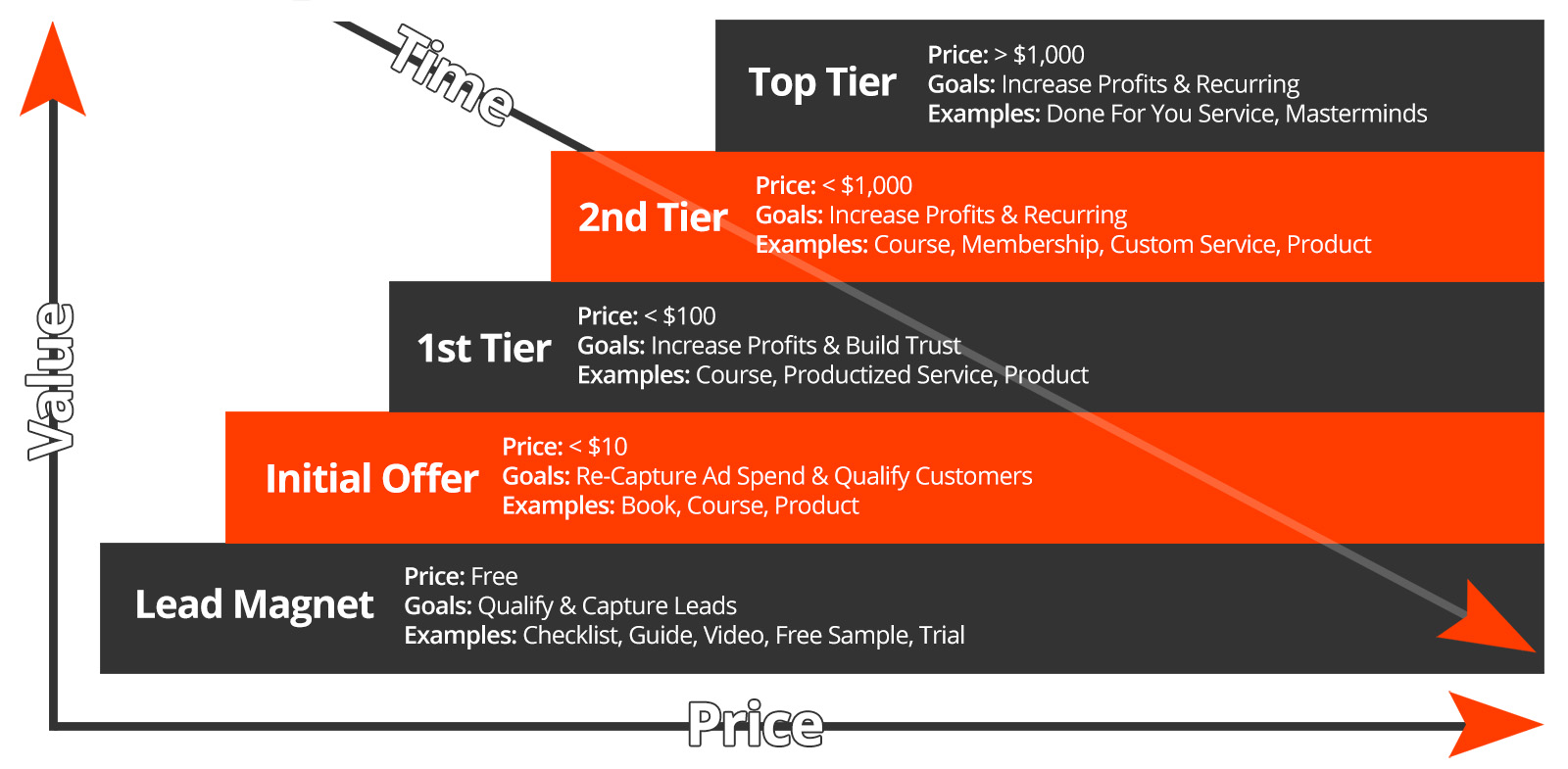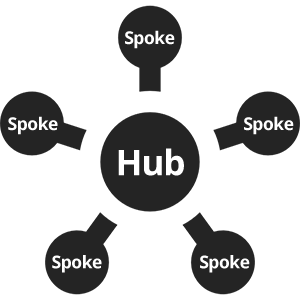HELP!! No one’s buying my stuff! Here’s how to craft Irresistible Offers people buy!
You have a product or service you want to sell…
So, you setup a website or sales funnel to try and buy it, but…
No one is buying it!
It sucks. But, I believe everyone who has ever tried to sell something has run into this problem… so, you're not alone.
This post serves as a guide to help you troubleshoot your problems so you can start to generate sales!
3 Thing To Look At / Think About
There are many reasons why people do and don't buy things; however, most (if not all) can be handled by focusing on 3 key areas:
- Introduction – How a prospect is introduced to your product/service
- Framing – The benefit/result your product/service provides
- Offer – Your product/service wrapped up in a nice, pretty box
These 3 key areas should be thought about in order AND all at once. Let me explain…
The Introduction is important because you need make a good first impression; however, depending on your Offer, your Introduction may change to better suit what you're going to try to sell the individual.
The point is, each area is critical and you need to focus on all 3 individually, but you must think about them holistically (big picture) as well. If you don't, your results won't be as good as they can be!
1) Introduction
The Introduction is where you think about the Customer Journey:
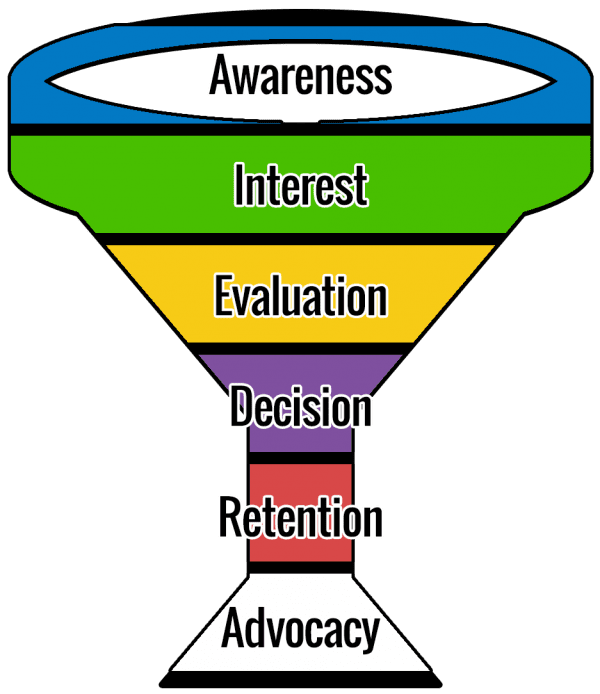
Where, on their journey, are they when they come across your product/service? (Note: from now on, instead of typing “product/service” each time, I'm just going to say “widget”, but I mean both products and services).
- Are they aware they have a problem?
- Are they aware there's a solution out there?
- Are they aware of your widget?
- Are they looking for widgets to buy?
- Are they considering your widget?
Where they are in their journey will impact how you Introduce your widget.
If the individual has no idea they have a problem, then you can't scream, “Buy my widget!” at them – it's not going to work.
Conversely, if the individual is actively comparing widgets, screaming “Buy my widget at a discount!” might do the trick.
Also, you really need to consider your widget and align it with the Customer Journey. For example, if you sell a $10k coaching package, or even a $1,000 coaching, package for that matter – your prospect is going to need to know, like, and trust you before they hire you as a coach. Maybe they're aware they need coaching and they're aware of what you have to offer; however, they're trying to decide between you and two other coaching (Evaluation). What could you do, at this level of the Customer Journey, to move them onto the next level? Maybe a complimentary coaching call?
The point is, you may need to create other “widgets” to “sell” first, so they continue to move down the Customer Journey funnel with you and buy your “final” widget.
For example:
- Content – blog posts, videos, podcasts, etc. that generate awareness and position you and your business as an authority
- Lead Magnets – freebies in exchange for contact information. Usually PDFs, videos, coupons, etc.
- Consultation – hop on a quick call to see if you'll be a good fit for each other
- Cheap(er) Widget – a more affordable widget before purchasing more expensive widgets
To quickly summarize the Introduction section, you need to think about where your potential customer is in their Customer Journey and where your widget fits in. Then, you may need to backwards plan how to move the person through the Customer Journey by “selling” other “widgets” prior to them buying your “final” widget.
2) Framing
As previously mentioned, people buy and don't buy things for all types of reasons…
Some reasons are logical, while others are based on emotion.
Logical
Logical reasons are often results driven and “make sense”.
- Results – I want X. Product Y will help me get X.
- I want a hole in my wall. A drill will help me make a hole in my wall.
- I want to get better at Facebook Ads. Nathan's Facebook Ads course will help me do that.
- Makes Sense – There are “good” reasons to buy Product Y.
- Cheaper
- Faster
- Stronger
- Higher Quality
- High Value
Emotional
They say, most purchases are driven by emotions first, then backed by logical reasoning, so it's important to consider people's emotions as you frame your widget.
For example, you probably don't need to drive a Ferrari to pick up lunch from Chipotle… but, people do. Why?
- Cool
- Fun
- Fast
- Makes Me Feel Like I “Made It”
- Make People Envy Me
Your objective now is to identify all of the Logical (results & makes sense) and Emotional reasons an individual would buy your widget. You then address each reason as you promote your widget!
3) Offer
The third step is to convert your widget into an offer.
A product or service is NOT an offer… and offers are what people buy.
So, what is an offer?
An offer is your product or service + everything else that comes with it…
- Guarantee
- Payment Option(s)
- Scarcity
- Other Benefits
- Bonuses (HUGE!)
By “offeratizing” your widget, you're able to dramatically increase it's perceived value (make people think it's worth more), which will make selling it much easier!
Guarantees
Your widget should come with a guarantee of some sort. Whether it's a simple money back guarantee, a double your money back guarantee, lifetime guarantee, a guarantee your widget will save X amount of time, etc….
The point is, you should have a guarantee of some sort for your widget.
Payment Option(s)
If your widget is big and expensive, you probably want to offer payment plan options to make paying for it more reasonable.
Alternatively, if you have a cheaper product, but people might want to buy multiple quantities; you could incentivize the purchase of greater quantities by offering price breaks. For example, buy 1 get 1 for 50% off.
Scarcity
Is your offer going away soon? Is the price about to increase? Are you about to stop taking new clients?
If there's a reason someone should act now, make sure you address it!
Other Benefits
Does a percentage of your profits go to help a charity?
What are you doing with the money people are giving you? If you're giving back to the community, make sure you let people know!
Bonuses (HUGE!)
Bonuses are important!!!
There have been many times when people buy a widget simply because they want the bonus that comes with it! I recently purchased a YouTube Ads tool… not because I wanted the tool, but I wanted the course that came with it!
Frank Kern also uses a lot of insane bonuses which often “push” me over the edge!
Bonuses can make or break your offer!
Here are a couple ways to add bonuses to your offer:
- Create multiple formats.
- Ex. If you're selling a book, make sure you have a digital version, audio version, video version, abridged version, etc.
- Ex. If you're selling videos, include a written version and/or checklists and other handouts to improve your offer
- Include additional widgets that enhance your original widget.
- Ex. Other resources and courses if you're selling software, training, coaching, or even physical products. By adding digital products to physical product offers, you can dramatically increase your offer's perceived value with very little effort!
- Ex. If you're selling a first aid kit, you could also include an ebook of 51 life saving skills.
- Pro tip: Create multiple formats of your bonuses (ie. a video version) to really increase the perceived value!
- Ex. If you're selling a first aid kit, you could also include an ebook of 51 life saving skills.
- Ex. Batteries if you're selling something electronic.
- Ex. Free coaching session(s) with purchase of high-end training.
- Ex. Free or expedited shipping if you purchase $X amount of product or within Y amount of time.
- Ex. Other resources and courses if you're selling software, training, coaching, or even physical products. By adding digital products to physical product offers, you can dramatically increase your offer's perceived value with very little effort!
Coming up with bonuses shouldn't be too difficult either… simply think about the problems your widget creates!
For example:
- If you sell a training on one topic, it's going to open the door to dozens of other topics. For instance, I sell a course on ClickFunnels. It's a great course that teaches people everything they need to know about building sales funnels… but, then my student needs traffic (problem!). So, I have a training course on traffic, which opens more doors to more topics, and so on.
- If you sell a flashlight, what problems will it create for people? Batteries, light bulbs, insurance/warranty if it breaks, etc.
No matter what you sell, it's going to create more “problems” for people and you can use these “problems” to help you generate ideas for bonuses and additional offers!
Putting It All Together
After analyzing your Introduction, Framing, and Offer, you want to incorporate your discoveries with ALL of your marketing efforts…
- Your ads will target and speak to people based on where they are in their journey.
- You may bring people to different “widgets” first to help move them through their journey OR you may take people directly to your offer.
- Your widget's sales page and follow up will hit on the logical and emotional reasons people want your widget.
- Your sales page will outline your entire offer and all its bells and whistles.
As you can tell, the information uncovered by going through these three steps will be used throughout your entire marketing effort…
By doing a good job and really evaluating everything, it will surely help you sell your stuff!

